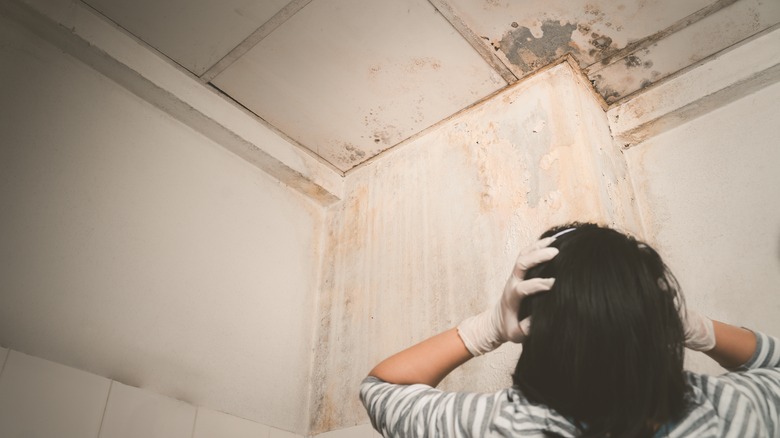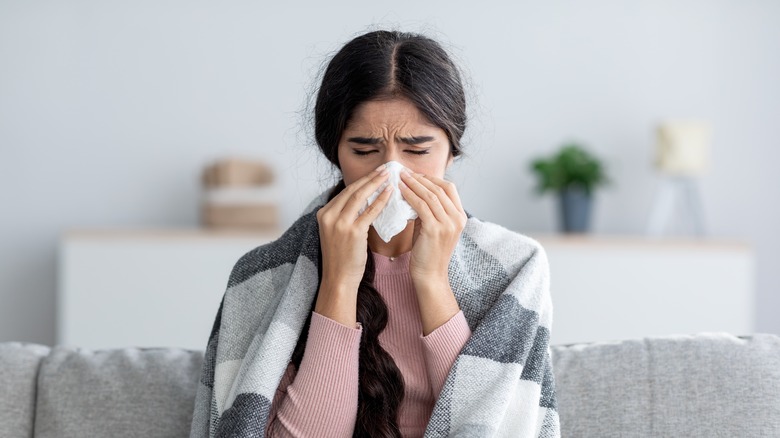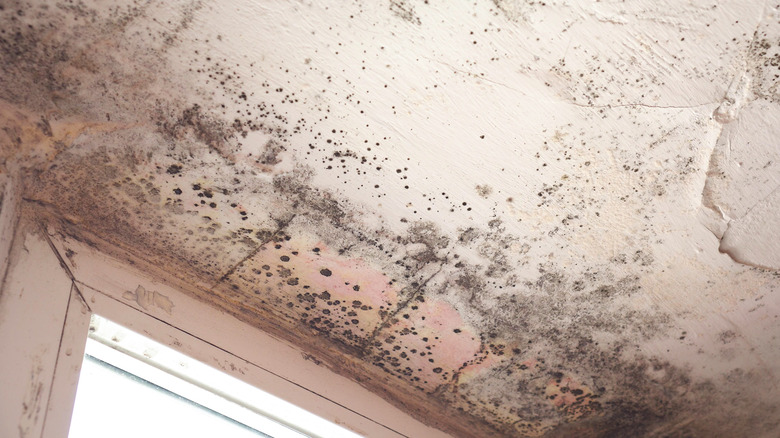Michael Rubino Shares Why Household Mold Is More Dangerous Than You Think - Exclusive
Keeping your home clean and attractive is always an uphill battle. The exterior, always exposed to the elements, will inevitably pick up dirt, pollen, and leaf litter, and rain, wind, and sun exposure may degrade it even more. The interior will no doubt encounter the wear and tear that come with everyday life. To add to your housekeeping challenges, humidity and moisture — whether from leaks, poor air circulation, or weather conditions — can encourage the growth of mold and mildew, both notoriously difficult to remove.
But household mold is not just an ugly cosmetic nuisance. It can also be dangerous to your family's health. Over the course of his career, mold remediation specialist Michael Rubino has seen the devastating effects of household mold on his clients' health and has dedicated his career to helping families recognize the hidden dangers of mold and restore their homes to a safe, healthful condition. In an exclusive e-mail interview, Rubino told us about the dangers of household mold and why you should take them seriously.
Mold can make you sick even if you can't see it
While working in water damage restoration following Hurricane Sandy, Michael Rubino discovered that mold doesn't have to be visible to cause health problems. "Anyone coming to us for help after the hurricane often already had remediation done to resolve the issues, but they were still feeling sick," he said. "You can't just slap a cosmetic band-aid on an indoor contamination issue — the growth will grow back or toxic particles will continue to exist in the space."
He explained that the microscopic spores released into the air by household mold can trigger a variety of ailments. "These spores are small enough that they can be inhaled, absorbed, and ingested into the body," he said. "Their immune system will work to continually get rid of them, but it can get overwhelmed and/or malfunction, leading to health issues."
Even worse, he added, are the toxins produced by some molds. "Some species of mold can also create microscopic toxins called mycotoxins when threatened," he explained. "These particles are naturally toxic to the human body and can also cause a wide range of chronic health issues. Interestingly, the FDA regulates levels of mycotoxins in our food products, but there are no regulations for our indoor spaces."
Household mold can trigger some serious health conditions
One reason mold is often overlooked as a cause of illness is its effects are unpredictable. "The tricky thing about mold is that no two people respond to exposure the same way," Michael Rubino said. "One person could only experience lower energy levels, while another has over 30 symptoms or develops an autoimmune condition. A lack of research dedicated to this topic, on top of the lack of awareness, also makes it harder to pinpoint if exposure to these contaminants is the problem."
However, Rubino has seen a number of conditions — some quite serious — in the clients he's worked with. "A few common symptoms I've seen my clients suffer from include headaches and migraines; allergy symptoms and persistent colds; chronic fatigue and decreased physical mobility; hives, eczema, skin rashes; brain fog and cognitive difficulty, [and] hormone disruption and infertility," he said.
These conditions won't go away until the mold does. "Any symptom experienced will be chronic because they're living inside of the problem," Rubino said. "As long as the exposure continues, those particles will keep building up in the body and trigger those adverse reactions."
For more information on keeping your home's air quality safe, visit HomeCleanse and the Change the Air Foundation.



